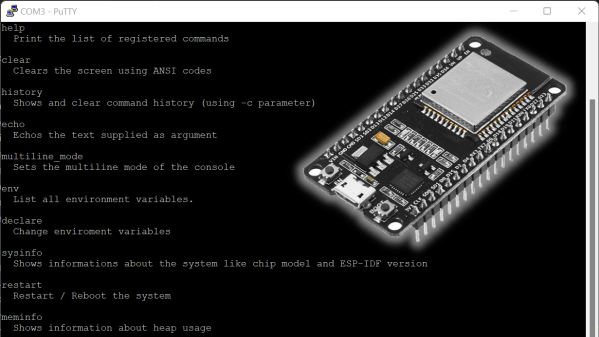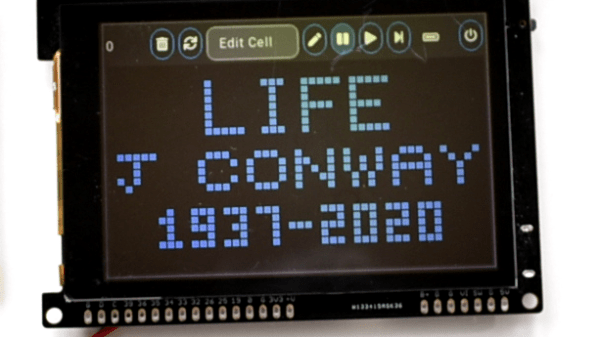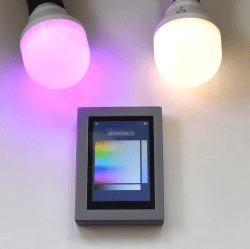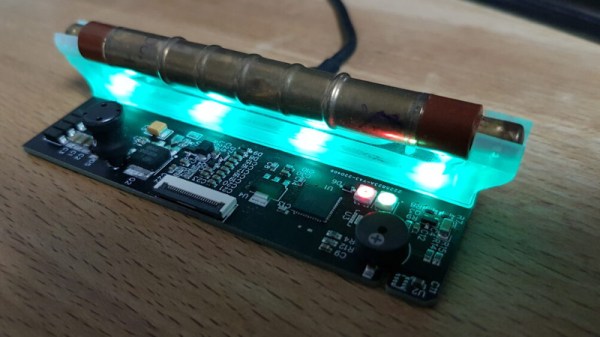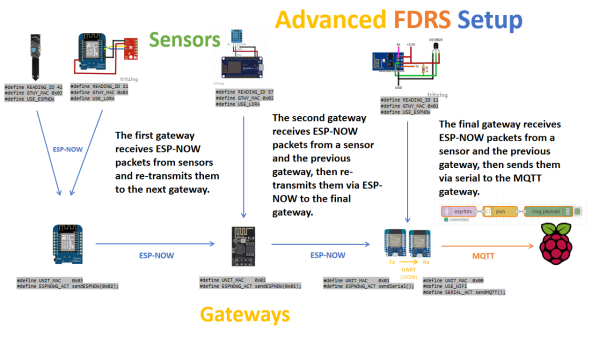Building and flying model rockets is great fun. Eventually, though, the thrill of the fire and smoke subsides, and you want to know more about what it’s doing in the air. With a thirst for knowledge, [archy587] started building a project to monitor the vital stats of rockets in flight.
The project mounts an M0 Feather microcontroller board into the rocket, along with a 900 MHz LoRa transmitter and a GPS module. This allows the rocket’s journey to be measured and logged, and is particularly useful for when a craft floats off downrange during parachute recovery. There’s also a relay module onboard, which dumps power from a dedicated separate battery into the rocket motor igniter. This allows the rocket to be fired wirelessly.
On the ground, the setup uses an ESP32 fitted with another LoRa module to receive signals from the rocket. It’s designed to hook up to an Android smartphone over its USB-C port. This allows data received from the rocket to be displayed in an Android app, including the rocket’s GPS location overlaid on Google Maps.
Being able to remotely ignite your rockets and track their progress brings some high-tech cool to the launch pad. You’ll be upgrading your rockets with micro flight controllers and vectored thrust in no time. Just be sure whatever tech you’re using is compliant with the rules for model rocketry in your local area.
Continue reading “Launch And Track Your Model Rockets Via Smartphone”


